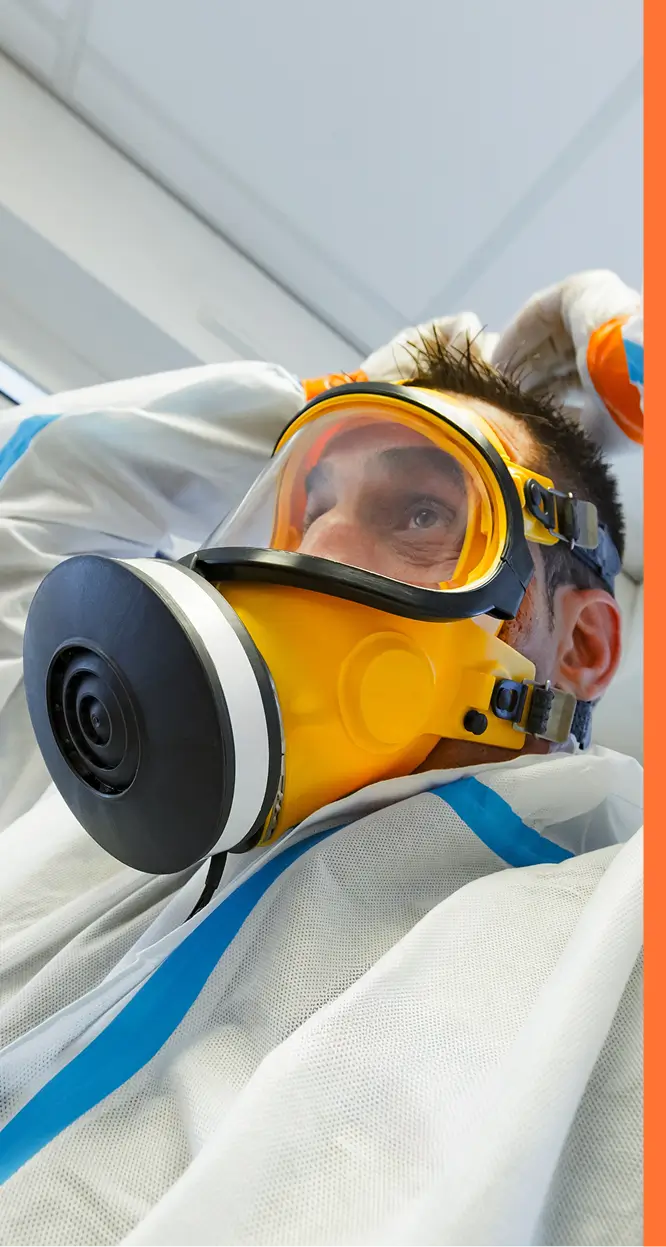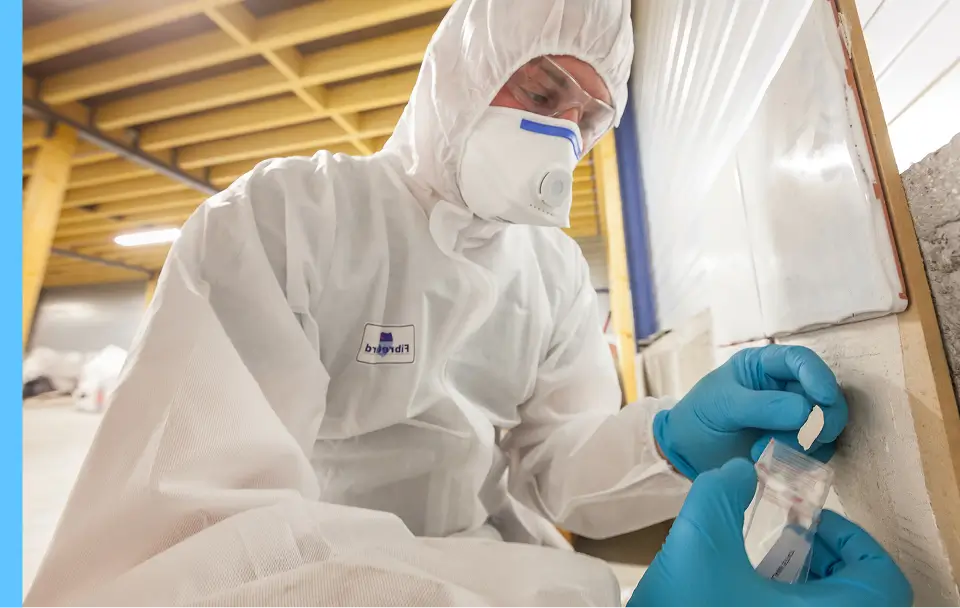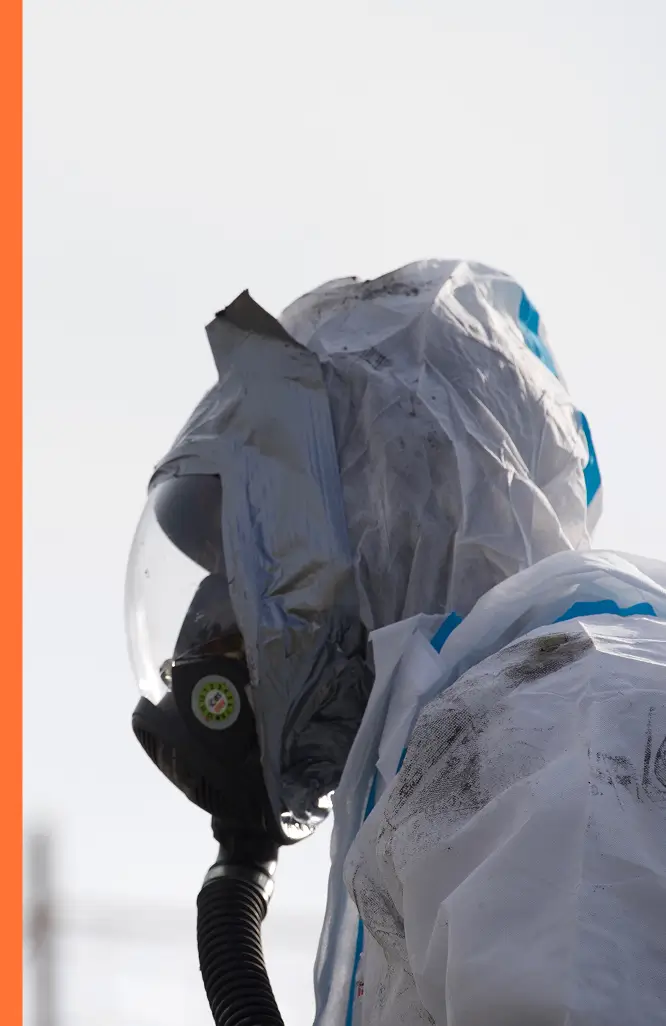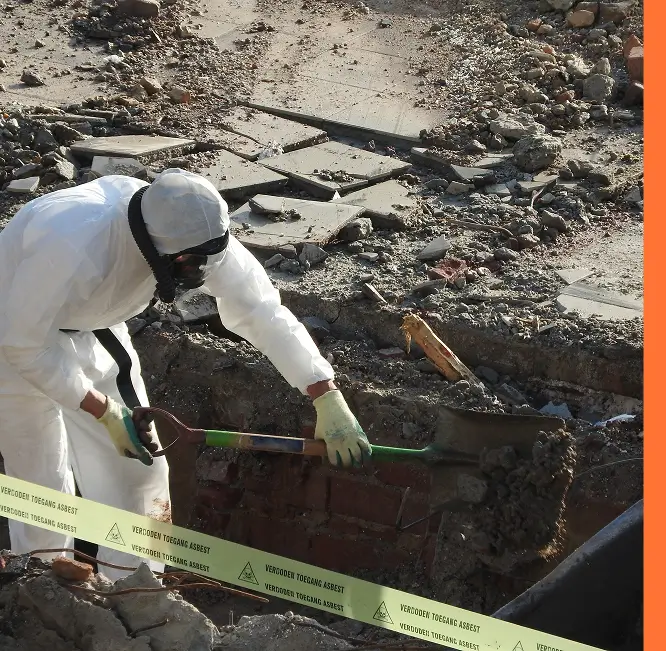When a work crew uncovers suspect insulation, tiles, or other materials, the project cannot move forward until testing and clearance are complete.
What began as a straightforward plan to modernize or demolish a structure quickly becomes a health, safety, and compliance challenge that can disrupt schedules and increase costs and liability.
Then there are health implications. Asbestos exposure is linked to serious respiratory illness. Missouri regulators, along with OSHA and the EPA, take these risks seriously.
That’s why asbestos oversight in the St. Louis area is required by law, carrying steep consequences for organizations that overlook it.
SITEX helps companies navigate asbestos requirements across Missouri and Illinois — including St. Louis County, which has it’s own set of regulations — so work doesn’t stall on jurisdictional technicalities.
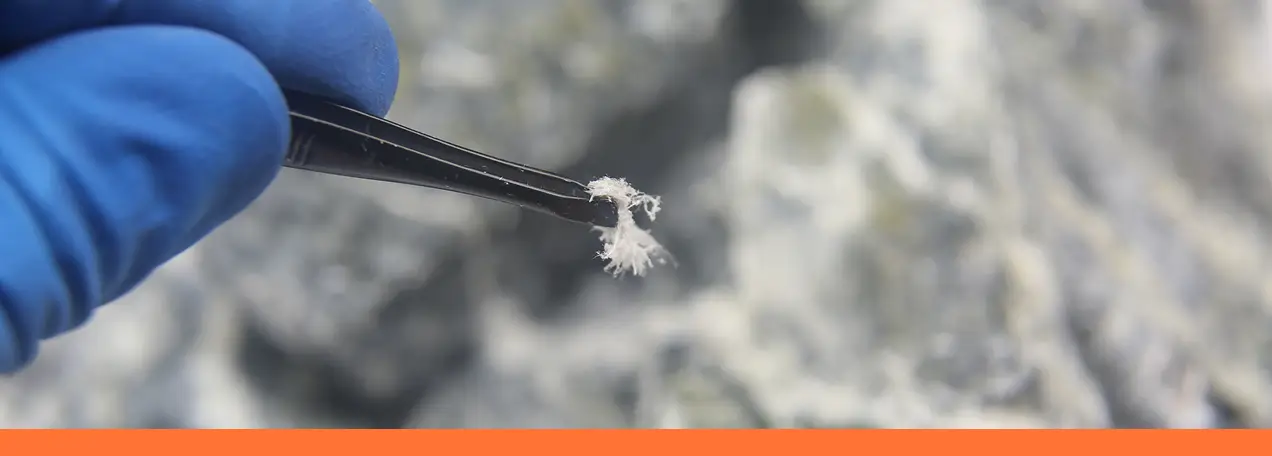
How Asbestos Inspections Work in Greater St. Louis
Asbestos inspections are a mandatory step in Missouri that precedes many types of demolition and renovation projects.
The State of Missouri requires demolition or renovation of regulated structures to undergo an inspection by a Missouri-certified asbestos inspector, who must sample suspected materials, send them for laboratory analysis, and document findings in a report. Federal regulations reinforce these standards.
The inspection report findings determine the scope of abatement, set the schedule for regulatory notifications, and guide how materials must be removed and disposed of.
Inspections also create a paper trail that protects organizations. Clearance testing confirms that a space is safe to re-occupy, and disposal records prove that materials were handled correctly.
In St. Louis and many other regions, failing to complete this process can halt a renovation or demolition project in its tracks.


